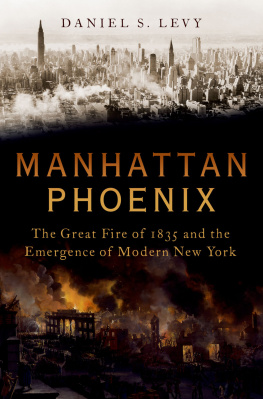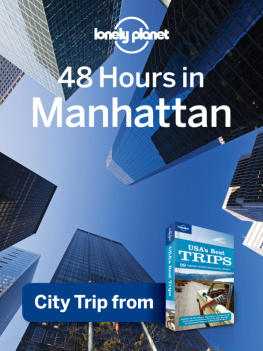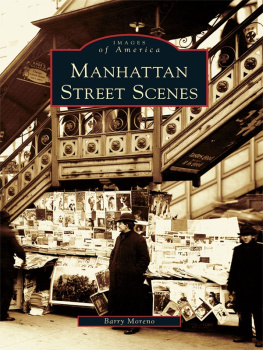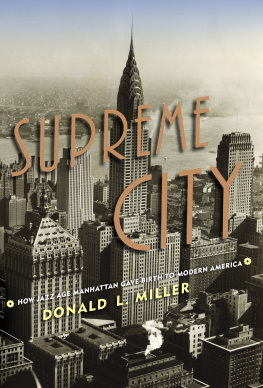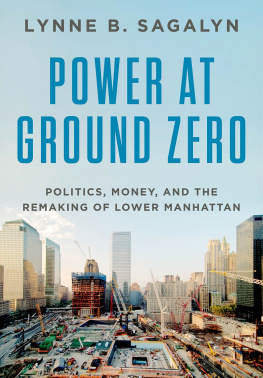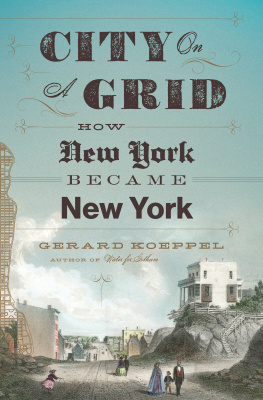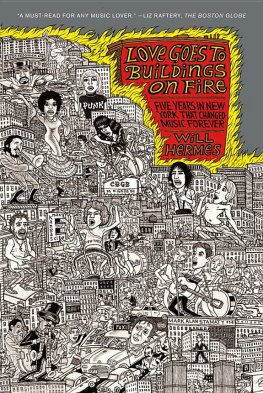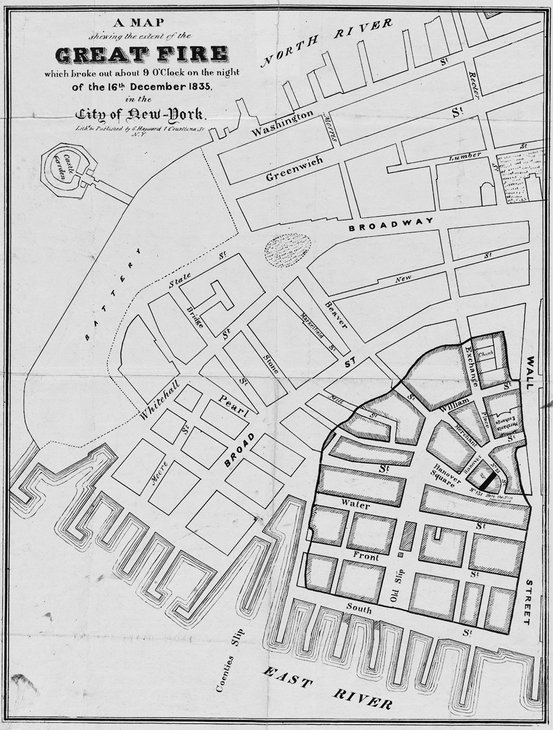Daniel S. Levy - Manhattan Phoenix: The Great Fire of 1835 and the Emergence of Modern New York
Here you can read online Daniel S. Levy - Manhattan Phoenix: The Great Fire of 1835 and the Emergence of Modern New York full text of the book (entire story) in english for free. Download pdf and epub, get meaning, cover and reviews about this ebook. City: New York, year: 2022, publisher: Oxford University Press, genre: History. Description of the work, (preface) as well as reviews are available. Best literature library LitArk.com created for fans of good reading and offers a wide selection of genres:
Romance novel
Science fiction
Adventure
Detective
Science
History
Home and family
Prose
Art
Politics
Computer
Non-fiction
Religion
Business
Children
Humor
Choose a favorite category and find really read worthwhile books. Enjoy immersion in the world of imagination, feel the emotions of the characters or learn something new for yourself, make an fascinating discovery.
- Book:Manhattan Phoenix: The Great Fire of 1835 and the Emergence of Modern New York
- Author:
- Publisher:Oxford University Press
- Genre:
- Year:2022
- City:New York
- Rating:5 / 5
- Favourites:Add to favourites
- Your mark:
Manhattan Phoenix: The Great Fire of 1835 and the Emergence of Modern New York: summary, description and annotation
We offer to read an annotation, description, summary or preface (depends on what the author of the book "Manhattan Phoenix: The Great Fire of 1835 and the Emergence of Modern New York" wrote himself). If you haven't found the necessary information about the book — write in the comments, we will try to find it.
In 1835, a merchant named Gabriel Disosway marveled at a great fire enveloping New York, commenting on how it spread more and more vividly from the fiery arena, rendering every object, far and wide, minutely discernible-the lower bay and its Islands, with the shores of Long Island and New Jersey.
The fire Disosway witnessed devastated a large swath of lower Manhattan, clearing roughly the same number of acres as the World Trade Center bombing, Manhattan Phoenix explores the emergence of modern New York after it emerged from the devastating the fire of 1835-a catastrophe that revealed how
truly unprepared and haphazardly organized it was-to become a world-class city merely a quarter of a century later. The one led to other. New York effectively had to start over. Daniel Levys book charts Manhattans almost miraculous growth while interweaving the lives of various New Yorkers who
took part in the citys transformation. Some are well known, such as the land baron John Jacob Astor and Mayor Fernando Wood. Others less so, as with the African-American oysterman Thomas Downing and the Bowery Theatre impresario Thomas Hamblin. The book celebrates Fire Chief James Gulick who
battled the blaze, and celebrates the work of the architect Alexander Jackson Davis who built marble palaces for the rich. It chronicles the career of the merchant Alexander Stewart who constructed the first department store, follows the struggles of the abolitionist Arthur Tappan, and records of
the efforts of the engineer John Bloomfield Jervis who brought clean water into homes. And this resurgence owed so much to the visionaries, such as Frederick Law Olmsted and Calvert Vaux, who designed Central Park, creating a refuge that it remains to this day.
Manhattan Phoenix reveals a city first in flames and then in flux but resolute in its determination to emerge as one of the worlds greatest metropolises.
Daniel S. Levy: author's other books
Who wrote Manhattan Phoenix: The Great Fire of 1835 and the Emergence of Modern New York? Find out the surname, the name of the author of the book and a list of all author's works by series.

